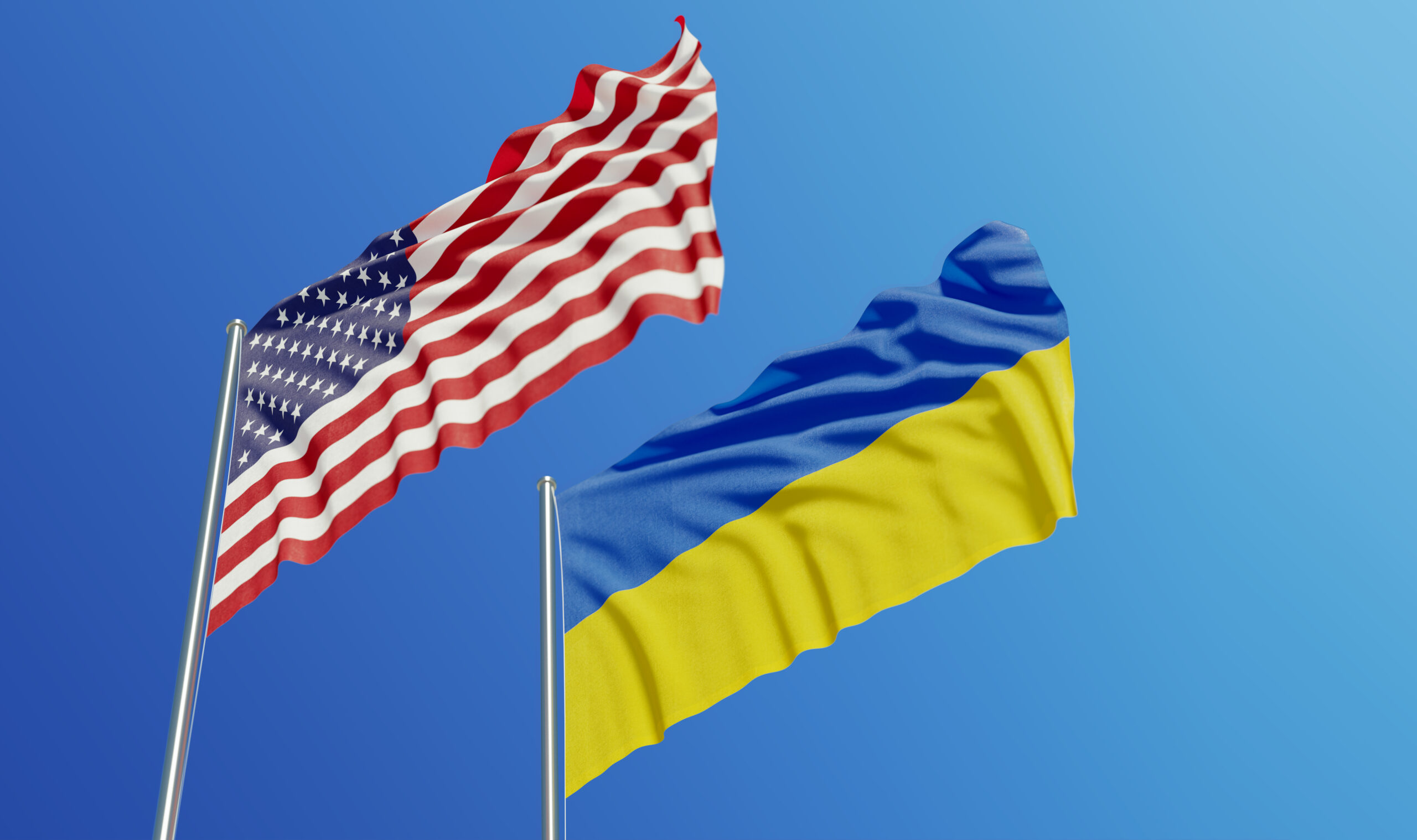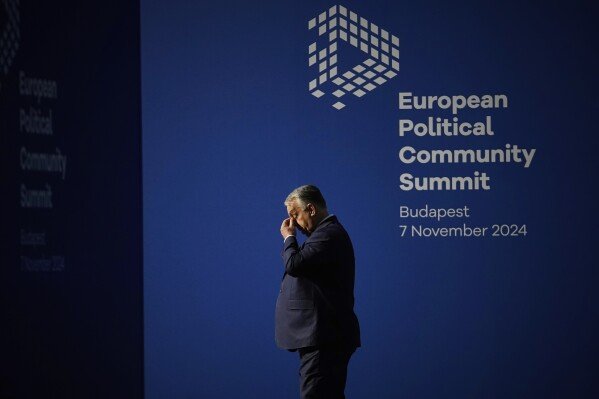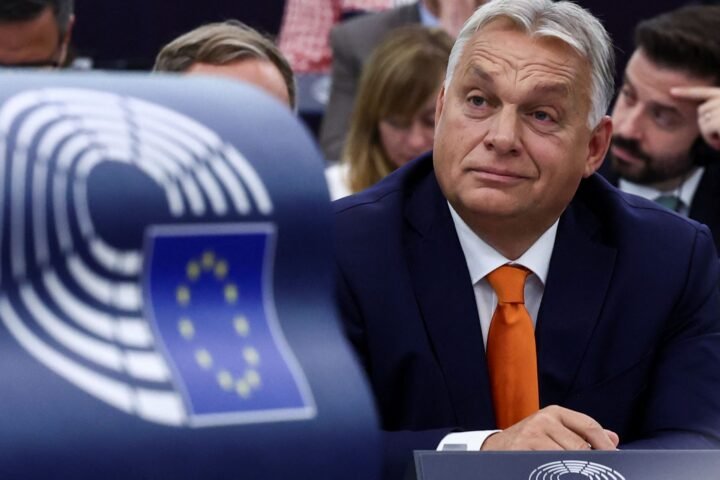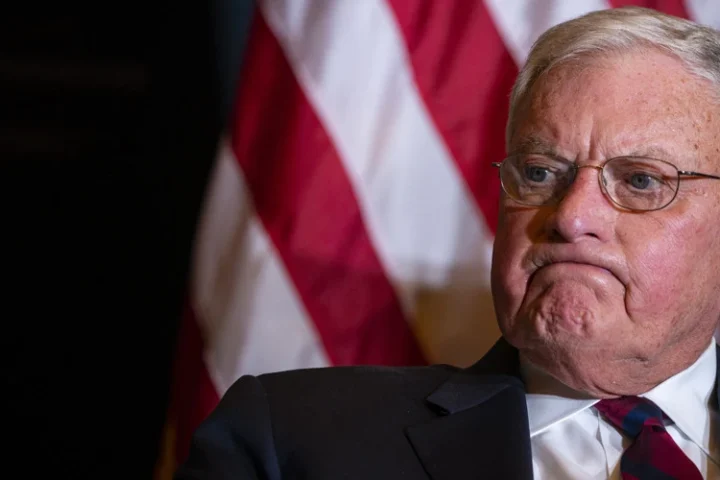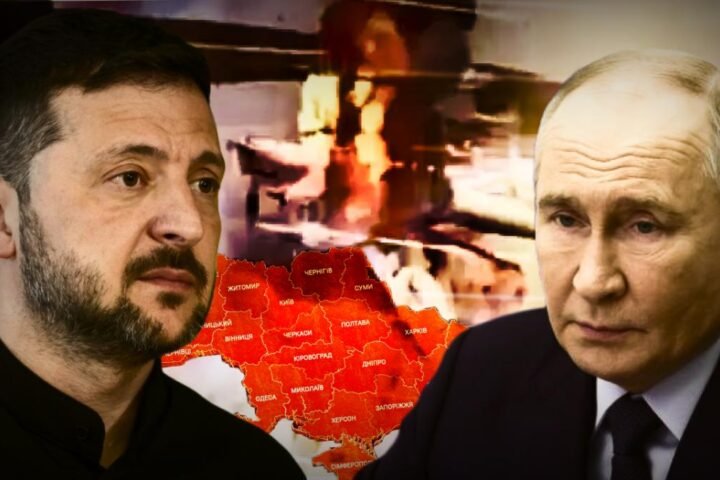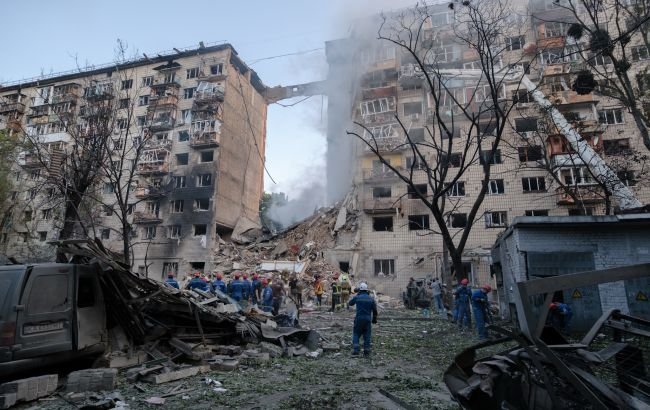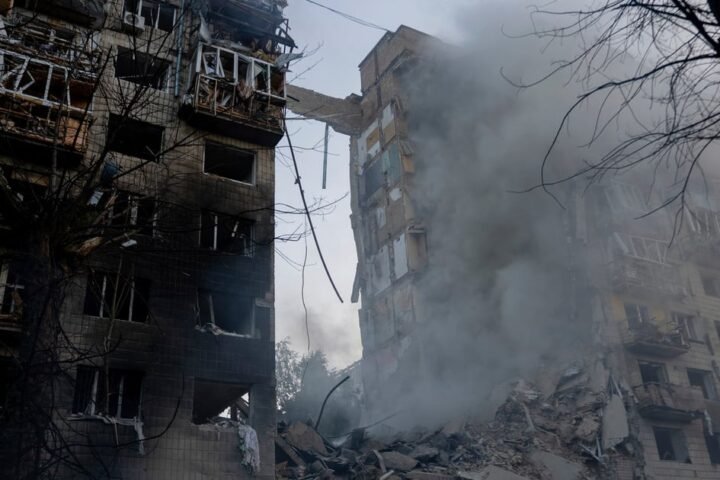Since the beginning of Russia’s full-scale invasion of Ukraine, Moscow has actively used propaganda to justify its aggression. One of the key narratives has been the claim that the U.S. is allegedly demanding Ukraine’s surrender or forcing it into an “unfavorable peace.” However, the actual policies of Washington and its allies suggest the opposite: the West continues to support Kyiv and intensifies sanctions pressure on Moscow.
Kremlin Manipulations vs. Reality
On March 13, Vladimir Putin delivered a speech in Moscow, in which he did not formally reject Donald Trump’s proposals for a temporary ceasefire but effectively set conditions that make a truce impossible. The Kremlin demands that Ukraine, during the ceasefire, renounce mobilization, Western military aid, and efforts to strengthen its defense capabilities. This is a clear attempt to freeze the current front line in Russia’s favor.
Unlike Russia, the U.S. does not impose such restrictions on Ukraine. Washington does not accuse Kyiv of “war crimes” or claim Russian military superiority. On the contrary, following Putin’s speech, the U.S. imposed additional sanctions on Russia’s oil and gas sector and banking system and restricted Russian citizens’ access to American financial services.
The U.S. Position
The State Department and the White House have repeatedly stated that they support Ukraine not only militarily but also diplomatically. The U.S. views Ukraine as a key ally in defending democratic values and European stability. Claims that Washington is “pushing for surrender” are lies promoted by Russian propaganda.
The Kremlin’s manipulations aim to create an illusion of division between the U.S. and Ukraine. However, the facts suggest the opposite: the West is not weakening its support for Kyiv but is instead tightening sanctions against Russia. Ukraine’s surrender is not part of Washington’s plans, as it would mean the defeat of the entire democratic coalition opposing Russian aggression.
